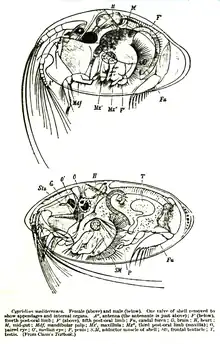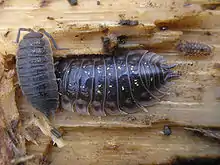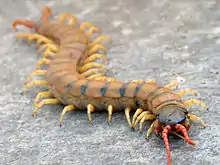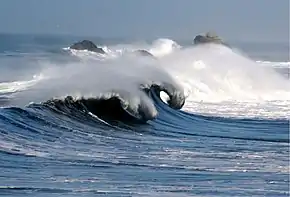Portal:Crustaceans
The Crustaceans Portal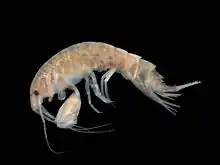 Abludomelita obtusata, an amphipod Crustaceans belong to the subphylum Crustacea (/krəˈsteɪʃə/), and form a large, diverse group of arthropods including decapods, seed shrimp, branchiopods, fish lice, krill, remipedes, isopods, barnacles, copepods, opossum shrimps, amphipods and mantis shrimp. The crustacean group can be treated as a subphylum under the clade Mandibulata. It is now well accepted that the hexapods (insects and entognathans) emerged deep in the Crustacean group, with the completed group referred to as Pancrustacea. The three classes Cephalocarida, Branchiopoda and Remipedia are more closely related to the hexapods than they are to any of the other crustaceans (oligostracans and multicrustaceans). The 67,000 described species range in size from Stygotantulus stocki at 0.1 mm (0.004 in), to the Japanese spider crab with a leg span of up to 3.8 m (12.5 ft) and a mass of 20 kg (44 lb). Like other arthropods, crustaceans have an exoskeleton, which they moult to grow. They are distinguished from other groups of arthropods, such as insects, myriapods and chelicerates, by the possession of biramous (two-parted) limbs, and by their larval forms, such as the nauplius stage of branchiopods and copepods. Most crustaceans are free-living bottom feeders aquatic animals, but some are terrestrial (e.g. woodlice, sandhoppers), some are parasitic (e.g. Rhizocephala, fish lice, tongue worms) and some are sessile (e.g. barnacles). The group has an extensive fossil record, reaching back to the Cambrian. More than 7.9 million tons of crustaceans per year are harvested by fishery or farming for human consumption, consisting mostly of shrimp and prawns. Krill and copepods are not as widely fished, but may be the animals with the greatest biomass on the planet, and form a vital part of the food chain. The scientific study of crustaceans is known as carcinology (alternatively, malacostracology, crustaceology or crustalogy), and a scientist who works in carcinology is a carcinologist. (Full article...) Selected article
Did you know? Scyllarides latus (Decapoda: Scyllaridae) by Cornelius Sittardus
Selected biography
He published his first important work in 1796 (Précis des caractères génériques des insectes), and was eventually employed by the Muséum National d'Histoire Naturelle. His foresighted work on arthropod systematics and taxonomy, using all available characters and rejecting anthropocentrism and teleology, gained him respect and accolades. He was considered the foremost entomologist of his time, and was described by one of his pupils as "the prince of entomologists". He helped found the Société entomologique de France, acting as honorary president, and was honoured by having dozens of species and genera named after him. Selected image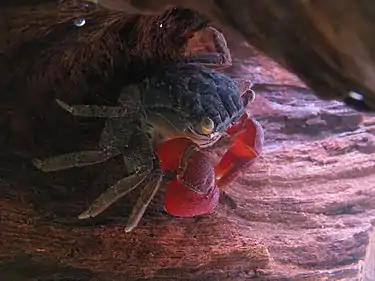 Perisesarma bidens (Decapoda: Sesarmidae) Perisesarma bidens is a semiterrestrial crab from tropical Asia. General imagesThe following are images from various crustacean-related articles on Wikipedia.
Crustacean lists
SubcategoriesCategory puzzle Select [►] to view subcategories
Crustaceans Cephalocarida Branchiopoda Crustaceans by location Malacostraca Maxillopoda Ostracods Remipedia Crustaceans by year of formal description Carcinology Cave crustaceans Crustacean anatomy Crustacean redirects Diseases and parasites of crustaceans Extinct crustaceans Freshwater crustaceans Crustaceans and humans Parasitic crustaceans Crustacean taxonomy Crustacean stubs Related portals
WikiProjects
Associated WikimediaThe following Wikimedia Foundation sister projects provide more on this subject:
Discover Wikipedia using portals
|
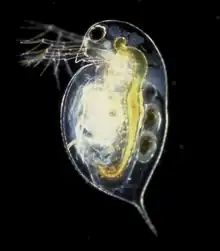
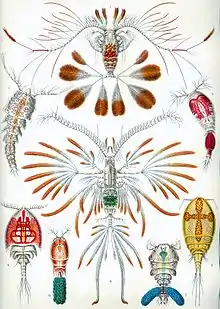
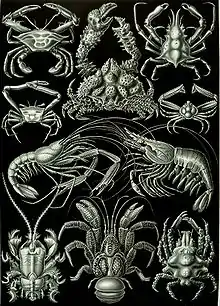

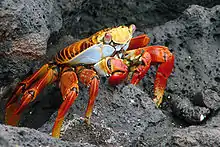


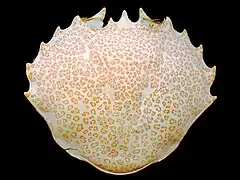
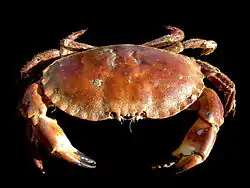
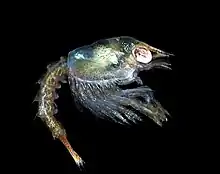

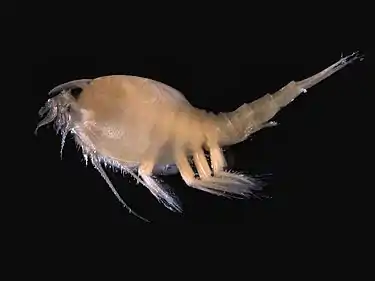

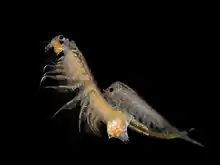

_-_Oberer_Brauner_Jura_-_Bissingen_unter_Teck.jpg.webp)

